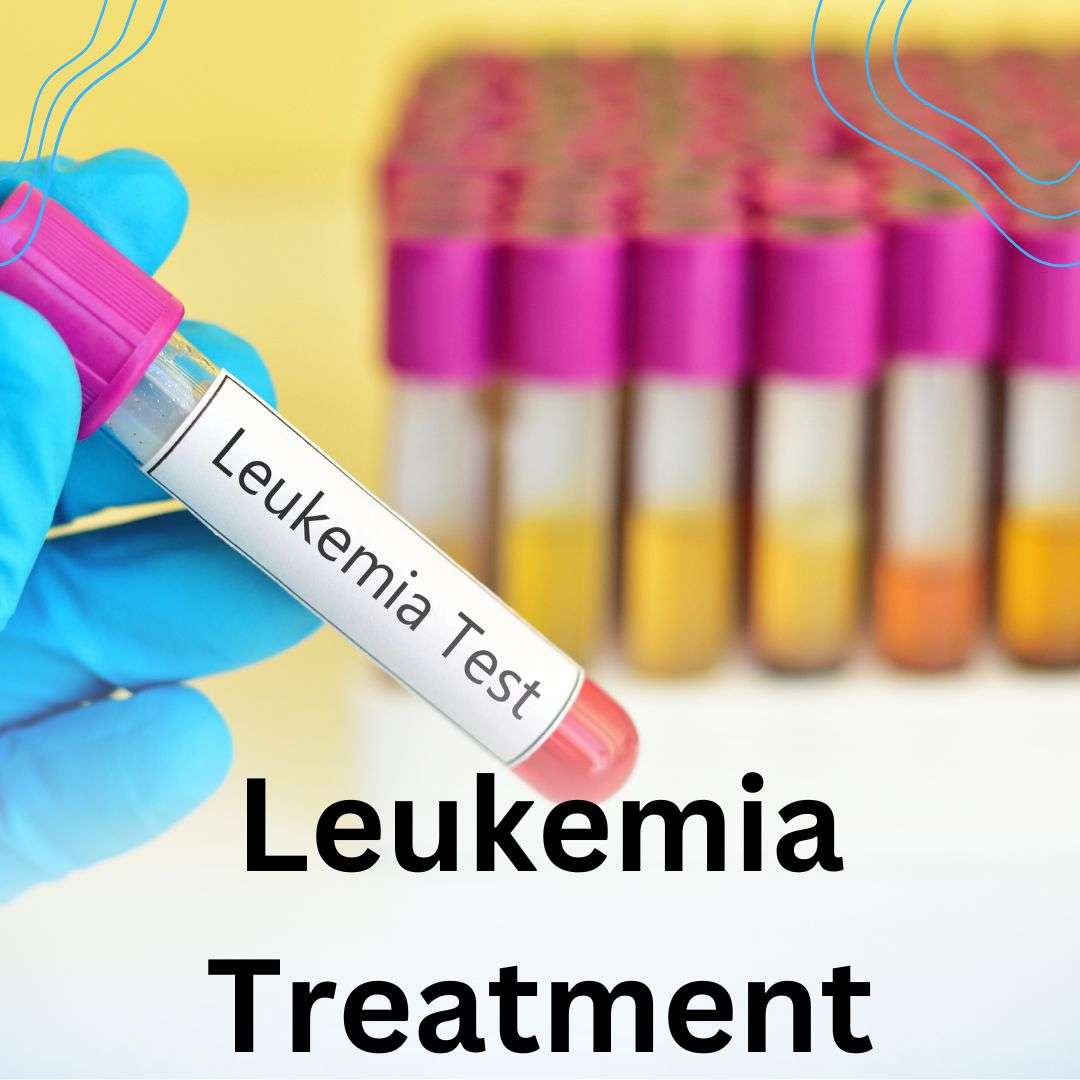Product Description
Angina refers to chest pain or discomfort that occurs when the heart muscle does not receive enough oxygen-rich blood. It is often a symptom of an underlying heart condition, most commonly coronary artery disease (CAD). Angina can manifest as a squeezing, pressure-like sensation or sharp pain, often triggered by physical exertion, emotional stress, or heavy meals.
There are two primary types of angina:
Stable Angina: This type is predictable and occurs with physical activity or stress. The pain typically lasts for a few minutes and is relieved by rest or medication, such as nitroglycerin.
Unstable Angina: This form is more unpredictable and can occur at rest or with minimal exertion. It lasts longer and is not easily relieved by rest or medication. Unstable angina is a medical emergency and can be a precursor to a heart attack.
Symptoms of Angina:
Chest pain or discomfort (pressure, tightness, or heaviness)
Pain that radiates to the arms, neck, jaw, back, or stomach
Shortness of breath
Sweating and dizziness
Nausea
Risk Factors:
Age (men over 45, women over 55)
High blood pressure
High cholesterol levels
Smoking
Obesity and physical inactivity
Family history of heart disease
Diagnosis and Treatment: Diagnosis often involves a physical exam, blood tests, electrocardiogram (ECG), and imaging studies like a stress test or angiography. Treatment focuses on managing risk factors and improving heart function through lifestyle changes, medications (e.g., beta-blockers, nitrates), and in some cases, surgical interventions like angioplasty or bypass surgery.
Angina, though treatable, requires early diagnosis and proper management to prevent severe complications, including heart attack. Regular check-ups with a healthcare provider are essential for individuals at risk.
Terms & conditions
Tags
#Angina treatment in Bangalore
#Best angina doctor in Bangalore
#Angina symptoms Bangalore
#Heart disease specialist Bangalore
#Angina chest pain treatment in Bangalore
#Cardiologist for angina in Bangalore
#Angina treatment clinics in Bangalore
#Angina specialist near me Bangalore
#Angina relief in Bangalore
#Stable angina treatment Bangalore
#Unstable angina treatment Bangalore
#Angina causes and treatment in Bangalore
#Affordable angina treatment Bangalore
#Angina treatment in Koramangala
#Angina specialist in Whitefield
#Angina therapy in Indiranagar
#Angina pain management in Bangalore
#Angina treatment in HSR Layout
#Angina consultation in JP Nagar
#Angina diagnosis in Bellandur
#Angina treatment in Marathahalli
#Angina specialist in BTM Layout
#Heart care centers in Bangalore for angina
#Angina medical consultation in Rajajinagar
#Angina treatments for seniors in Bangalore
#Heart attack and angina treatment in Bangalore
#Angina diagnosis in Banashankari
#Best cardiologists for angina in Bangalore
#Affordable angina treatment in Yelahanka
#Angina heart treatment in Hebbal
#Angina treatment in Malleswaram
#Angina health checkup in Bangalore
#Angina treatment in Electronic City
#Heart specialist for angina in Basaveshwaranagar
#Angina specialists in Sarjapur Road
#Angina treatment in Vasanthnagar
#Cardiologist near me in Bangalore for angina
#Angina home care treatment in Bangalore
#Angina pain relief in Koramangala
#Angina doctors in Bangalore for women
#Angina treatment in Jayanagar
#Chest pain relief Bangalore
#Best angina clinic in Bangalore
#Angina pain therapy in Malleshwaram
#Angina specialists in Bangalore for heart health
#Angina diagnosis in Richmond Town
#Angina heart treatment in Kalyan Nagar
#Angina treatment in Rajarajeshwari Nagar
#Best hospital for angina in Bangalore
#Top-rated angina clinics in Bangalore
#Angina treatment in Vijayanagar
#Angina management in Ulsoor
#Angina care in CV Raman Nagar
#Angina management in Shivaji Nagar
#Heart disease treatment in Bangalore
#Angina treatment for elderly in Bangalore
#Angina doctor near Whitefield
#Angina treatment in Lalbagh Road
#Cardiologist appointment for angina in Bangalore
#Angina treatment centers in J P Nagar
#Affordable angina doctors in Bangalore
#Angina management in Bommanahalli
#Treatment for chest pain Bangalore
#Angina clinics in Kammanahalli
#Angina specialists in Banaswadi
#Angina heart care in Bangalore
#Angina doctors in Hebbal
#Heart specialists for angina in Shanthinagar
#Angina pain doctors near me in Bangalore
#Cardiology treatment for angina in Bangalore
#Angina specialist in Marathahalli
#Angina chest treatment in Bangalore
#Angina medical professionals in Bangalore
#Angina tests in Bangalore
#Angina pain relief in Yelahanka
#Best heart hospitals for angina in Bangalore
#Angina therapy in Hennur
#Angina checkup centers in Bangalore
#Angina relief in Jayanagar
#Angina treatment in HSR Layout Bangalore
#Angina care professionals Bangalore
#Angina and heart disease clinic Bangalore
#Angina pain specialist Bangalore
#Angina medical consultation in BTM Layout
#Angina risk factor management in Bangalore
#Angina heart health services in Bangalore
#Best cardiology clinics for angina in Bangalore
#Angina symptoms relief in Bangalore
#Angina and heart care in Sarjapur
#Angina heart clinic in KR Puram
#Heart disease and angina treatment in Bangalore
#Angina relief specialists in Bangalore
#Angina doctors near Bellandur
#Angina and chest pain specialists in Bangalore
#Angina heart health consultation Bangalore
#Angina checkup in Varthur
#Top angina treatment clinics in Bangalore
#Angina prevention and treatment Bangalore
#Angina health centers in Bangalore





